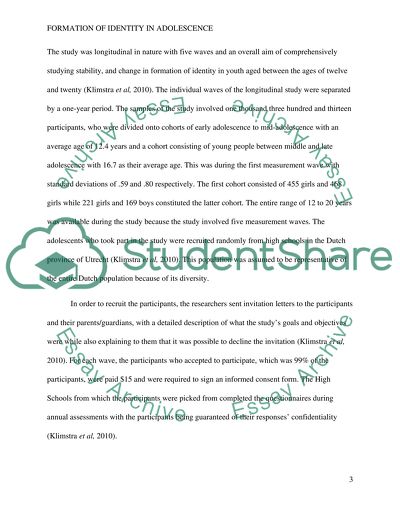Cite this document
(“Human Lifespan Development Essay Example | Topics and Well Written Essays - 1250 words”, n.d.)
Human Lifespan Development Essay Example | Topics and Well Written Essays - 1250 words. Retrieved from https://studentshare.org/psychology/1482226-human-lifespan-development
Human Lifespan Development Essay Example | Topics and Well Written Essays - 1250 words. Retrieved from https://studentshare.org/psychology/1482226-human-lifespan-development
(Human Lifespan Development Essay Example | Topics and Well Written Essays - 1250 Words)
Human Lifespan Development Essay Example | Topics and Well Written Essays - 1250 Words. https://studentshare.org/psychology/1482226-human-lifespan-development.
Human Lifespan Development Essay Example | Topics and Well Written Essays - 1250 Words. https://studentshare.org/psychology/1482226-human-lifespan-development.
“Human Lifespan Development Essay Example | Topics and Well Written Essays - 1250 Words”, n.d. https://studentshare.org/psychology/1482226-human-lifespan-development.


